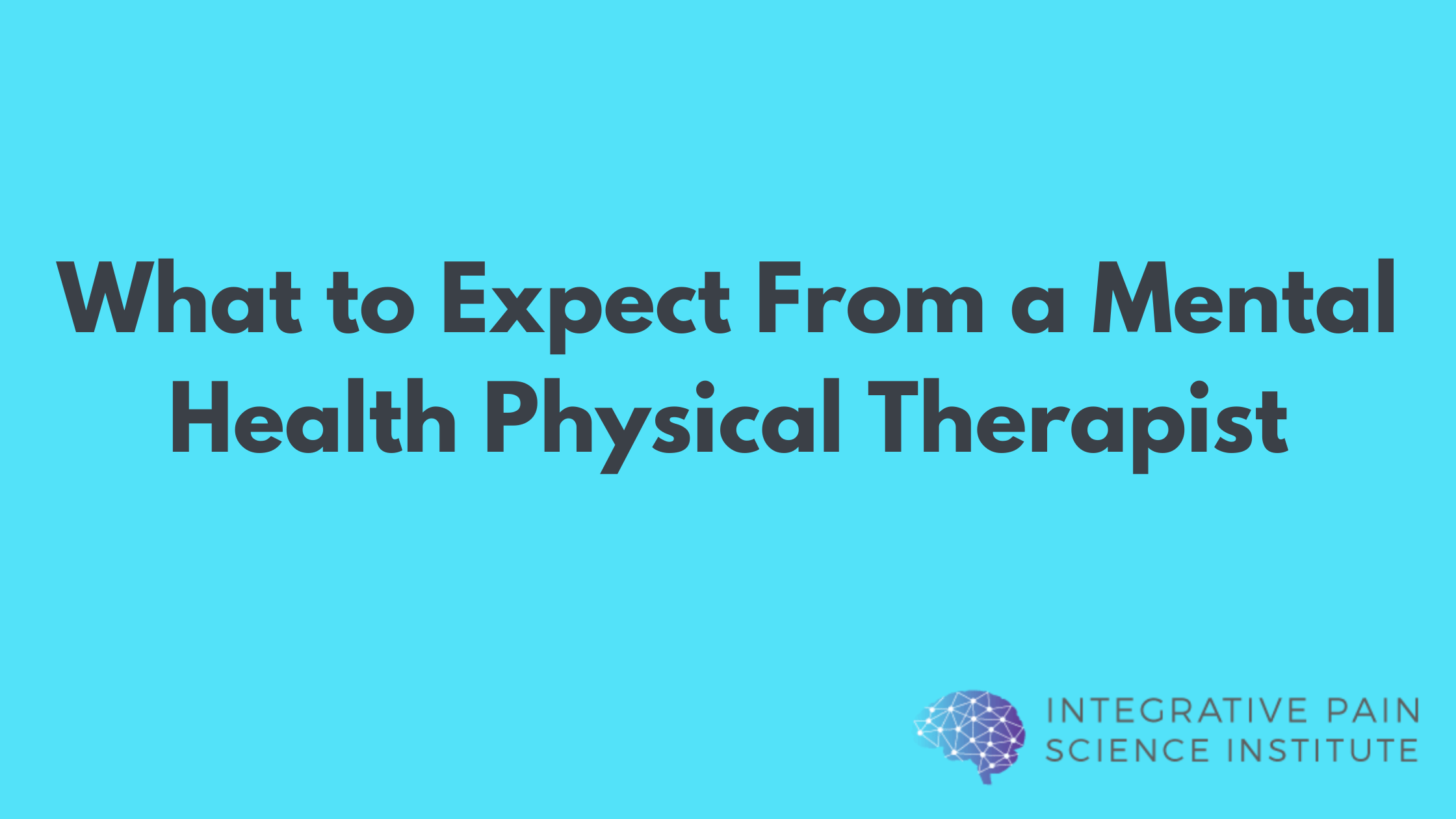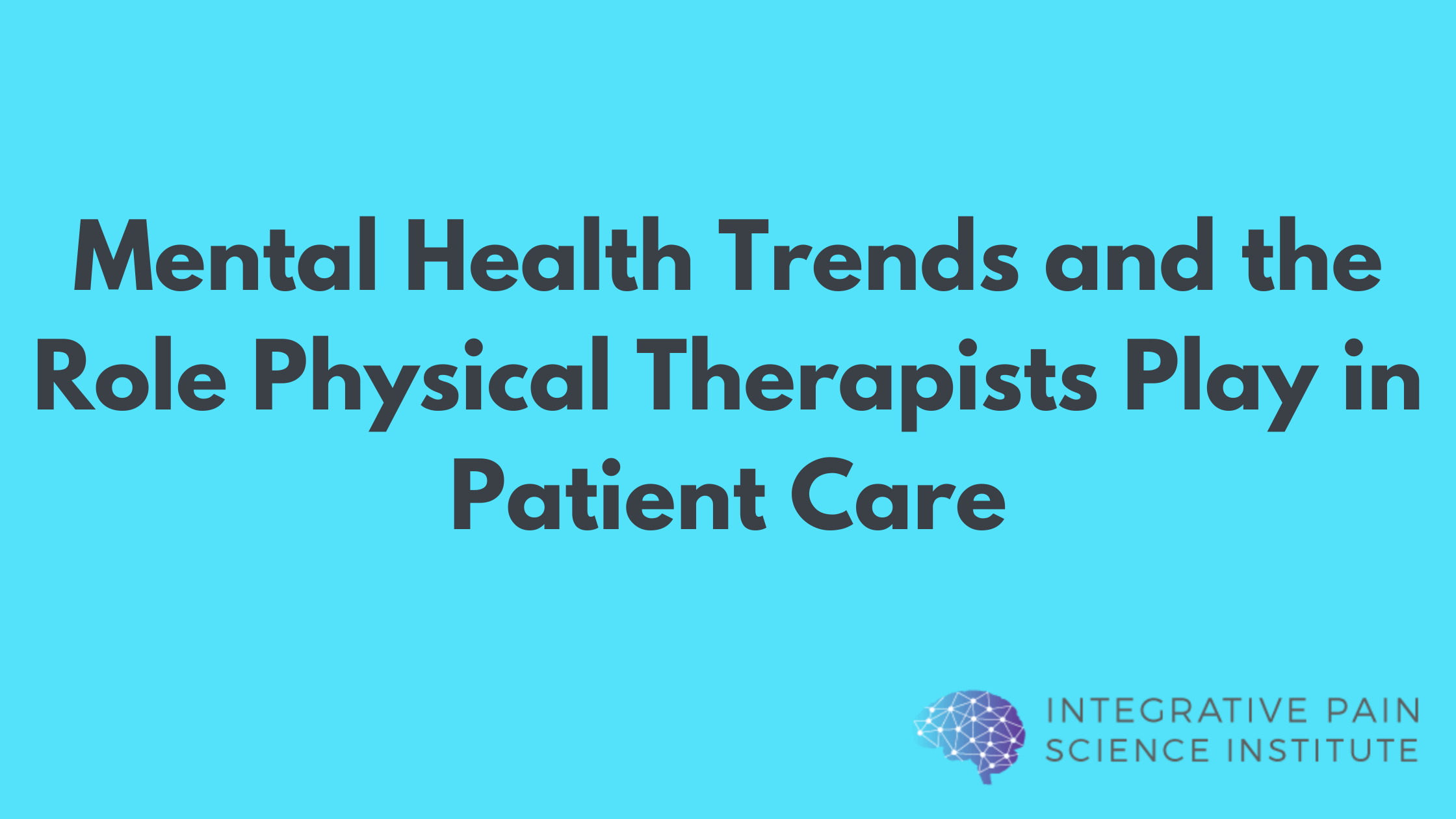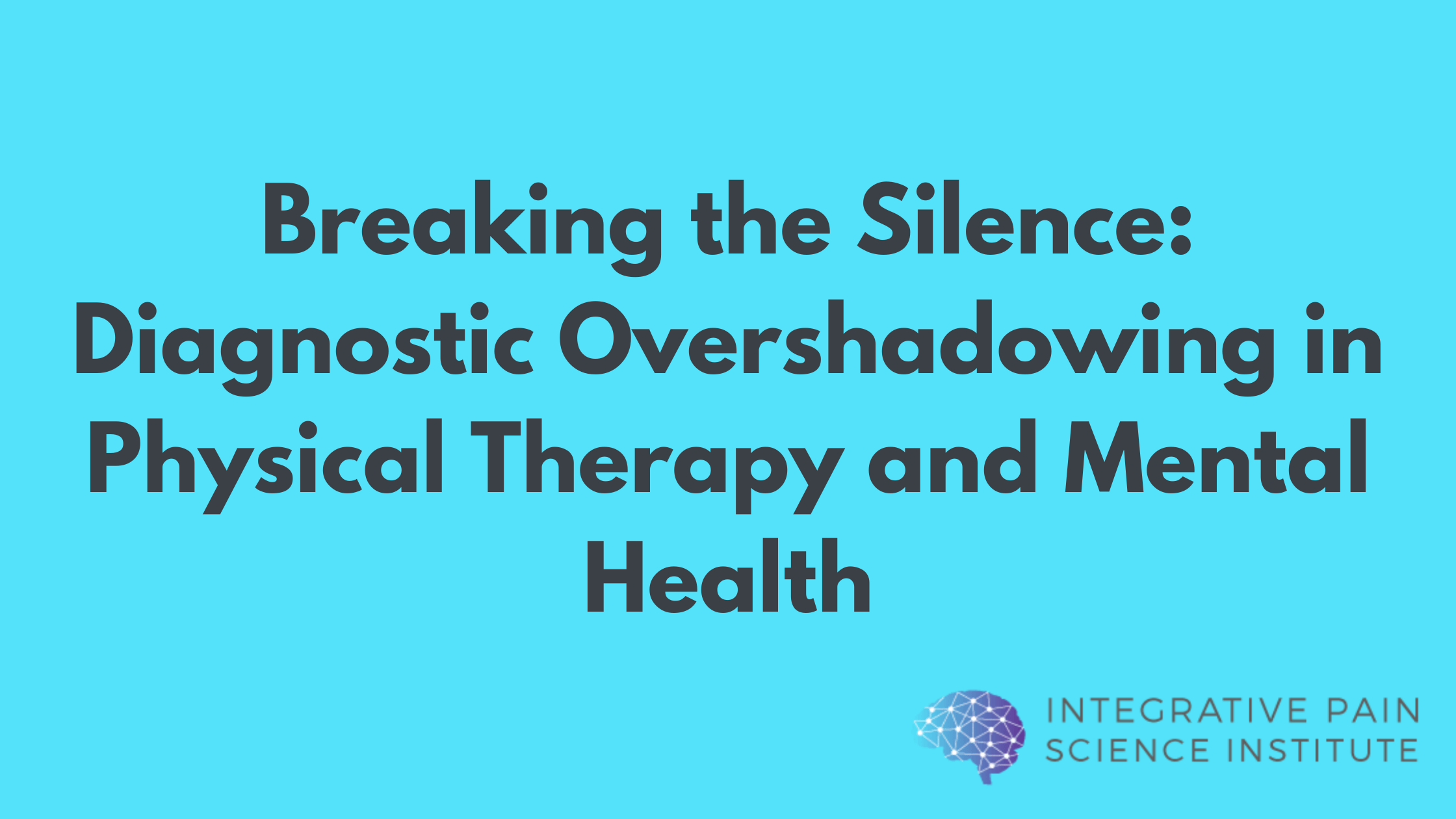Chronic pain can seem uncontrollable and unpredictable. You are having a string of great days when- wham! – A flare-up rears its ugly head. Just when you thought the pain was well managed, you’re knocked off your feet. The intense pain of a flare-up is an unfortunate and unwelcome player in most chronic pain conditions. Flare-ups are frustrating, debilitating, and damaging. Fortunately, there are steps you can take to end a flare-up sooner and take control of your pain.
The Physiology of Flare-Ups
A flare-up is a period of intense pain which is more severe that daily chronic pain. Some people call them “setbacks” or “bad days”. They can last minutes, hours, or days. The progression is generally a sudden onset with a gradual regression. Flare-ups are completely normal and linked to many conditions including RA, OA, migraines, nerve pain, low back pain, shingles, fibromyalgia, cancer, and diabetic neuropathy. You are not alone in experiencing flare-ups.
Flare-ups must be distinguished from ‘breakthrough pain’, which is the pain that occurs when a usual medication stops working to control your daily pain. Flare-ups are new pain beyond your normal,Flare-ups are not an indication that your condition is worsening. Share on X Truth is these little bumps in the road can be easily alleviated.
These high pain experiences are a result of a hyperactive central nervous system that overreacts to everyday normal stimuli. Central sensitization is a hallmark of chronic pain conditions [1]. The hyper-vigilant nervous system perceives a normal sensation as damaging and will amplify even small amounts of information into debilitating pain. There are many triggers that may cause your pain to increase beyond what you already experience while living with chronic pain. These vary from person to person but could include negative emotions, a prolonged body position, bad weather, certain repeated movements, or a dietary trigger.
How Flare-Ups Harm

Flare-ups affect activity participation and relationships, increase medical costs, and decrease quality of life. In my experience, there does not seem to be a limit to the potentially damaging effects of a flare-up. They affect sleep quality, personal care, concentration, employment, emotional state, and beyond [2].
No person is alone in the world, and the negative effects of flare-ups affect significant others, children, friends, and co-workers. The disruptive nature of flare-ups increases stress for you and your loved ones. Caregiver burden and burn-out are an often overlooked consequence of chronic pain conditions [3].
The added stress of a flare-up increases cortisol levels, contributing to the damaging chronic inflammation that may accompany chronic pain conditions [4]. Some of the effects of inflammation, including anxiety and increased pain sensitivity, directly contribute to common potential triggers, which increase the possibility of yet another flare-up.
The harmful nature of flare-ups increases your risk of falling prey to catastrophizing thoughts and fear avoidance behaviors [2]. Current research shows that these psychological processes are closely linked to increased levels of pain and disability in chronic pain conditions, as well as increased incidence of depression [2]. This creates physical changes in the emotional processing centers of the brain if not managed properly [5].
The fear and pain associated with flare-ups can also lead to a marked reduction in physical activity. Bed rest is helpful for some, but too much of a good thing can lead to worse pain and a reconditioned body. Your body is not meant to be sedentary. A lack of physical activity increases the risk of developing other chronic conditions such as diabetes, metabolic syndrome, and cardiac disease [6]. Movement is both healing and preventative.
But lets to freak about your flare-up. Your body and mind are built to handle the negative effects of a flare-up and lessen the pain. Active coping strategies are key to eliminating your pain and promoting a feeling of safety. These seven strategies will help you get through a flare-up sooner, with less physical and psychological suffering, and without the use of added medications.
Seven Ways to Calm a Flare-Up
You have power over pain when you are prepared. Share on X
-
Create a list of triggers
To prevent flare-ups, you need to understand what causes them. These triggers may include overexertion, sleeping awkwardly, cold weather, stress, or even menstruation in women [7]. Pain is personal and unique to each person. Pay attention to which activities and situations consistently lead to an increase in your pain beyond your normal. Identify and record what aspects of life act as personal triggers.
-
Keep a Pain Diary
Track the timing, location, and duration of your pain. Finding patterns in onset and relief is important to treating future flare-ups. Common warning signs of a flare-up include gradually increasing pain levels, increased feelings of irritability, or an increase in pain medication use. Then write down the strategies that were successful in ending your pain.
-
Have an Action Plan
Once you understand how to respond to your flare-ups, create a response plan. Be ready to implement your action plan when you begin to recognize the early signs of a flare-up or know you will soon be in a triggering situation.

Action plans may include the following strategies:
- Practicing relaxation techniques: Gentle yoga, meditation, heating pads, hot water bottles, mindfulness practice, and diaphragmatic (deep) breathing techniques all have the ability to increase the activity of the parasympathetic nervous system [8]. This parasympathetic response is restorative for your body.
- Using distraction techniques: Take your mind off of the pain through music, reading, thought redirection, challenging work, or physical activity. Distracting yourself prevents destructive catastrophizing thoughts that exacerbate symptoms.
- Repeating positive mantras: Think happy thoughts! “This won’t last forever.” “I have gotten through this before. My mind & body are strong. Share on X Pain perception is closely linked to your emotional and mental state. Negative thoughts are self-defeating when fighting a flare-up [8,9]. If you change the way you think when you experience a flare-up, you can change your pain.
- Eating healthy foods: New research has linked pain-associated inflammation with our diets [10]. Keep your gut healthy during a flare-up.
Once your flare-up has passed, review your action plan. What did and did not work for you? Were you able to adhere to the plan? Make improvements to be more successful next time.
-
Reframe Your Reactions
When a flare-up begins, your first instinct may be to panic. Often, people living with chronic pain view flare-ups with a sense of dread and hopelessness. Flare-ups can feel overwhelming. Every person experiences their pain differently, but you should be aware that there are many different ways to frame your flare-up. Each episode can be seen as an opportunity for learning and experimenting. Find what parts of your action plan worked for you. Be constantly improving your coping strategies. Others find success in approaching each flare-up like a battle, where pain is your enemy. I’m not so fond of pain is the enemy as pain is always about protection. There is something to learn from your pain. Coping becomes a dynamic game of offensive and defensive maneuvers. Our brain allows us to alter much about our reality through the neurological process of conscious perception [5]. The ability to consciously rewire our pain-processing centers is what differentiates successful and unsuccessful copers.
-
Connect with Friends and Family

Friends and family can be tremendous support for anyone with a chronic condition. In addition, you can join online support groups and connect with others who are working through similar health challenges. Fighting flare-ups with a team is better than going it alone. Let family members know when you’re having a tough day and require extra support. Don’t hesitate to explain to friends when social situations may be too difficult for you to attend or if you need a little bit of support. If the stress of your nephew’s 3rd birthday party may cause pain, find a way to celebrate with your family that is healthy for your body. A supportive social network is key to living well with any chronic pain condition [11]. You can join an online Chronic Pain Support Group and connect with others overcoming pain naturally and in a positive way. Do not be ashamed to ask for some help and have compassion for yourself through the process.
-
Set Realistic Goals
Learn what to expect with your condition. If your pain typically resolves within a day, don’t expect to be pain-free for a trip to the grocery store in an hour. Don’t set yourself up for frustration and failure. Create small, manageable goals that will allow you to be successful. As you master ways to decrease a flare-up you will return to the life you love sooner. Patience and persistence win the race.
-
Know It Will End
Flare-ups are very normal on the road to a pain-free life. Flare-ups, like storms, are meant to be weathered. Keep in mind that all storms will end, and so will all flare-ups. You now have some tips and strategies to self-treat and prevent a flare-up. Print this blog and hang it on your refrigerator as a reminder or keep in in your daily journal.



